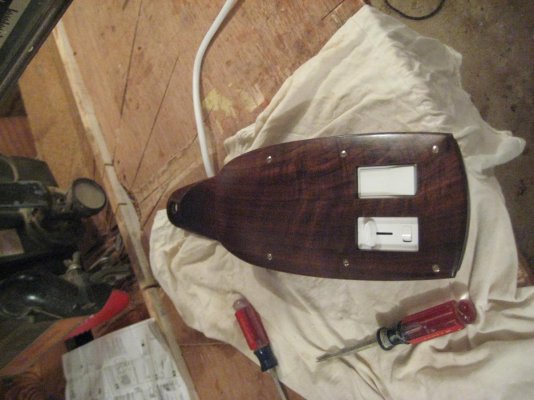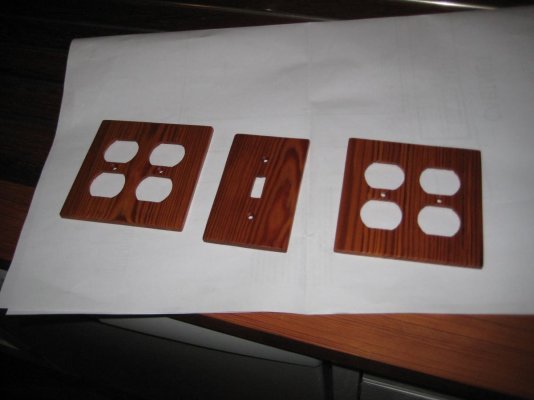SKS
Veteran Member
Hi all!
I am looking to tap the collective wisdom and experience of the group.
What is the best tools and technique to slightly elongate an existing fiberglass hull cutout?
I need to make a 23" x 4" vent cutout more like 23 1/2" x 4". I have zero experience with cutting fiberglass and want to do a clean cut without cracking gel coat or making a wavy line. The trick to 90 degree corners are just one of my " head scratchers".
Thank you in advance.
Steve
I am looking to tap the collective wisdom and experience of the group.
What is the best tools and technique to slightly elongate an existing fiberglass hull cutout?
I need to make a 23" x 4" vent cutout more like 23 1/2" x 4". I have zero experience with cutting fiberglass and want to do a clean cut without cracking gel coat or making a wavy line. The trick to 90 degree corners are just one of my " head scratchers".
Thank you in advance.
Steve




